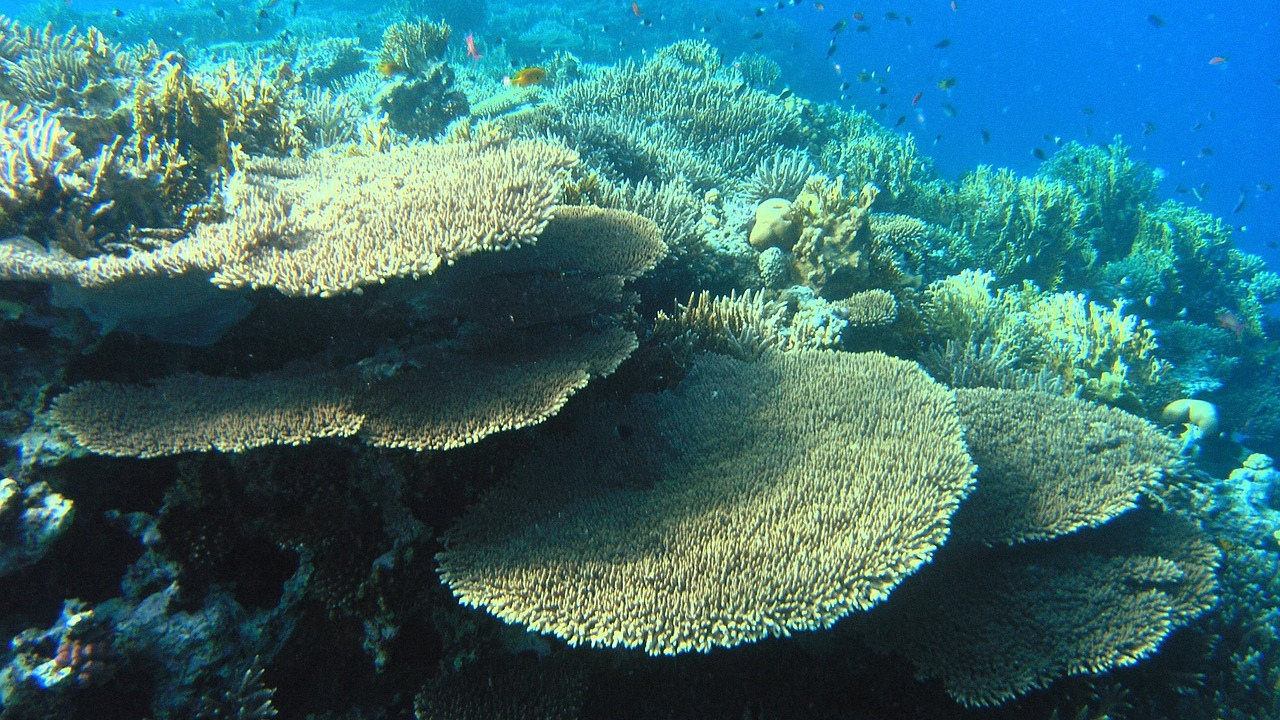
Vocabulary:
- tectonic plate /tek-TON-ik pleyt/
- tubeworm /TOOB-wurm/
- invertebrate /in-VUR-tuh-breyt/
- cavity /KAV-i-tee/
- chisel /CHIZ-uhl/
[noun phrase] – one of the parts of the earth’s surface that move in relation to each other
Scientists study tectonic plates to understand the causes of earthquakes.
[noun] – a marine invertebrate that lives in a protective tube, often found in environments such as hydrothermal vents on the ocean floor
Tubeworms thrive in the extreme conditions near hydrothermal vents, relying on symbiotic bacteria for nourishment.
[noun] – an animal with no spine
Jellyfish and octopuses are examples of invertebrates that inhabit various ocean environments.
[noun] – an empty space or hollow area within the Earth’s crust
The cave explorers discovered a large cavity filled with stunning rock formations.
[noun] – a tool with a sharp, beveled edge used for cutting, shaping, or carving hard materials such as wood, stone, or metal
The sculptor used a chisel to create intricate details in the marble statue.
Article reading:
The research team deployed the SuBastian from the research vessel Falkortoo, utilizing a specialized chisel to penetrate the rocky seabed and access these hidden habitats. The discovery illustrates the connection between the seafloor and underground ecosystems, as larvae from these organisms may inhabit both environments. Gollner explained that the hydrothermal vents release superheated, chemically rich water, creating a unique habitat that supports diverse life forms. The implications of this study extend beyond mere discovery; they challenge previous understandings of ecological interconnectedness and highlight the adaptability of life in extreme conditions. As technology advances, further exploration of these enigmatic environments could yield even more extraordinary revelations about the deep-sea ecosystem and its critical role in global biodiversity.
Discussion Questions:
- Have you ever visited an ocean or a marine park? If so, what was the most interesting thing you saw there? If not, what would you like to see if you could visit one?
- Have you participated in any science projects or activities related to marine life? If so, what was the project about? If not, what type of marine project would interest you?
- Do you agree that exploring deep-sea ecosystems can lead to important discoveries about biodiversity?
- In what ways do you think the findings from this research could impact environmental protection efforts?
- What future research directions do you think should be prioritized after these findings? Why do you believe these areas are important?
Summarization
Describe:
- ecosystem
- oceanic crust
- marine biologist
- hydrothermal vent
- ecological interconnectedness